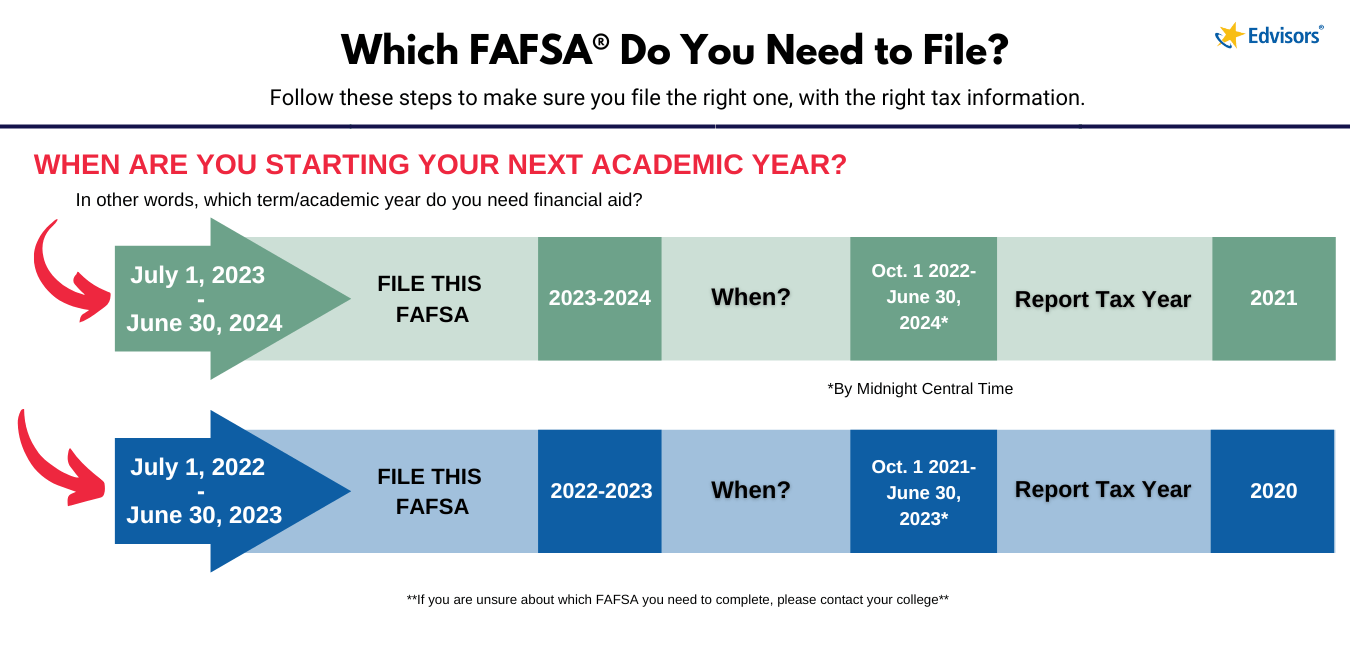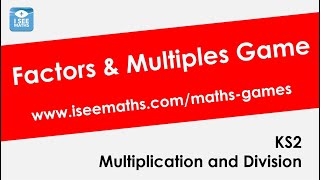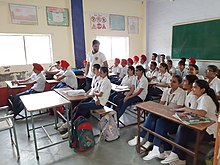
Brain Breaker was an early Metroidvania title and is a side-scrolling adventure platform game. It was released in 1985 for the Sharp X1. The game requires the player to line up 15 blocks in a sequence and solve a puzzle. This game is great for students as it keeps them on task and focused.
Brain Breaker is the basis of Brain Breaker, a code-breaking video game.
Brain Breaker, a video game that is inspired by Mastermind's code-breaking game Mastermind, is called Brain Breaker. It challenges players to crack random codes. It is designed to improve cognitive thinking skills and problem solving skills in students. It encourages social interaction and physical activity. Eight guesses are required to crack the code. They will be awarded gold balls if their guesses are correct. If they don't, they will get silver balls.
This code-breaking challenge is played between two players. The difficulty can be adjusted. For beginners, it may be easier to guess the codes than for experienced code-breakers. However, they may encounter repeated colors or empty holes. It's a real brain teaser!

This puzzle requires students to solve a sequence of 15 blocks
The Fifteen Puzzle is a popular European puzzle that was created in 1880. There are more than 20,000,000 possible combinations of blocks. American mathematicians found that half of the initial arrangements could be solved. The following mathematical analysis was used: Any number must pass through an equal number of boxes.
It is a physical and mental brain break
There are several benefits to taking a physical brain break. It gets your child out of their seat and gets the blood flowing. It also allows you to regain control over your child's mind and makes it easier for them to concentrate. Physical breaks are fun and are just as effective as meditative breaks. These are just four ways to introduce physical brain breaks to your child.
Go for a walk or stretch. Both of these activities can improve brain activity. Exercising can improve concentration and attention. Exercise can also help students remember vocabulary words more quickly. Exercise also decreases stress levels, making it easier to concentrate on other tasks.
It helps students stay focused
Brain breakers can be a great way to motivate students to stay on task. Brain breaks help students learn how to regulate their emotions and recognize when they are getting frustrated. These breaks are a great tool for students who have trouble finishing homework. Students can take a break from the assignment and then come back to it, refreshed and ready to tackle the problem again. These brain breaks also build students' self-esteem and confidence. These brain breaks also teach students how to overcome problems in homework. This will make it easier for them to stay motivated to finish the assignment.

Brain breaks can also help students develop creativity and social skills. Students can sing or dance to focus. Students can get away from the classroom to relax and become more outgoing. This will help students prepare for class discussions. Students will be more open to answering questions.
FAQ
What does it entail to be a teacher in early education?
Special training is required for teachers in early childhood education. Most states require candidates for a teaching position to obtain certification from a state board before being allowed to work in public schools.
Some states require teachers to pass tests on subjects like math and reading.
Some states require that teachers complete a specific amount of coursework in early childhood education.
Most states have minimum requirements about what a teacher must know. However, the requirements may vary between states.
How long should I study each semester?
The time you spend studying will depend on several factors.
Some schools may also require that you take certain classes every year. This means that you won’t be able to choose which courses you want to take in any given semester. You can ask your advisor to tell you which courses you need to take each semester.
How much does homeschooling cost?
Homeschooling is free. There are no set fees. Some families charge between $0-$20 per lesson. Other families offer no-cost services.
However, homeschooling requires dedication and commitment. Parents need to make sure they have enough time to spend with their children.
Access to books, materials, and other learning aids is essential. Many homeschoolers have to make use of community programs and events in order to enhance their curriculum.
Parents must think about the cost of transport, tutoring, and other extracurricular activities.
Homeschoolers also need to plan for field trips, vacations and special occasions.
What is the difference between school and college?
Schools are typically divided into classes or grades with a teacher who teaches students. Colleges are larger organizations that offer more specialized programs and often include university-level courses. While schools tend to focus on the basics, colleges can offer courses in a wide range of subjects, including science, language, business, and arts. Both levels of education are designed to prepare students for higher-level study.
How long does it usually take to become a early childhood teacher?
To complete a bachelor's in early childhood education, it takes four years. The majority of universities require that you take two years to complete general education courses.
After your undergraduate studies, most people enroll in graduate school. This allows you to become a specialist in a specific area of study.
You could, for example, choose to study learning disabilities or child psychology. You must apply for a teacher preparation program after you have completed your master's degree.
The process could take several years. This is a time when you will learn real-world skills from experienced educators.
Finally, before you can begin teaching, you need to pass the state exams.
This process is lengthy and you will not be able instantly to enter the workforce.
Statistics
- Think of the rhetorical power of nineteenth-century abolitionist Harriet Beecher Stowe, Martin Luther King, Jr., or Occupy Wall Street activists with their rallying cry of “we are the 99 percent.” (bostonreview.net)
- Data from the Department of Education reveal that, among 2008 college graduates, 92.8 percent of humanities majors have voted at least once since finishing school. (bostonreview.net)
- “Children of homeowners are 116% more likely to graduate from college than children of renters of the same age, race, and income. (habitatbroward.org)
- They are more likely to graduate high school (25%) and finish college (116%). (habitatbroward.org)
- And, within ten years of graduation, 44.1 percent of 1993 humanities graduates had written to public officials, compared to 30.1 percent of STEM majors. (bostonreview.net)
External Links
How To
What is vocational education?
Vocational education is an educational program that prepares students to work after high school and college. It teaches them specific skills for specific jobs (such as welding). This includes apprenticeship programs and on-thejob training. Vocational Education is different than general education. It focuses on specific careers and not learning broad knowledge for the future. The goal of vocational education is not necessary to prepare people for university study but to help them find jobs upon graduation.
Vocational education could be offered at all levels, including primary schools, secondary school, colleges and universities, technical schools, trade schools as well community colleges, junior college, and four-year schools. There are many schools that specialize in specific subjects, such as nursing schools (law schools), medical schools, dental school, veterinary medicine and firefighting schools. Many of these offer both academic instruction, and practical experience.
A number of countries have made significant investments in vocational education over recent decades; for example, Australia, Denmark, Finland, Germany, Ireland, Japan, Luxembourg, New Zealand, Norway, Poland, Sweden, Switzerland, the United Kingdom, and the United States. The effectiveness of vocational training is still a controversial topic. Some critics say it does not improve students' employability. Other argue that it prepares them well for life beyond school.
The U.S. Bureau of Labor Statistics estimates that 47% of American adults possess a postsecondary certificate, or degree related to current occupation. This number is higher for those with higher education. 71% of 25-29-year-olds have a bachelor's or higher degree and are employed in areas that require postsecondary credentials.
According to the BLS in 2012, almost half of Americans had at the least one type of postsecondary credential. One-third of Americans had a two year associate degree. Only 10% held a four-year bachelors degree. One out of five Americans held a master's degree or doctorate.
For those with a bachelor’s degree, the median annual income was $50,000. This is compared to $23,800 if you don't have one. The median salary for people with advanced degrees was $81,300.
The median wage for people who did not finish high school was only $15,000. Those with less than a high school diploma earned $13,000 per year.